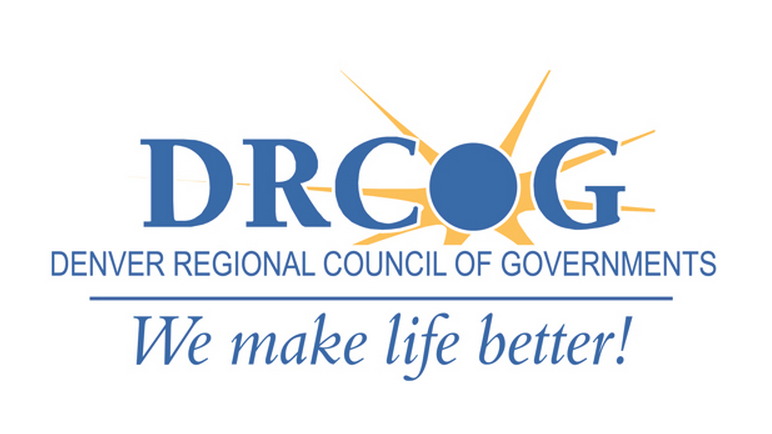Denver’s Regional Planners Target Timid Goal for Traffic Safety

When it comes to improving traffic safety, the Denver Regional Council of Governments is following the lead of the Colorado Department of Transportation and setting the bar low.
DRCOG, the regional planning organization responsible for doling out federal transportation funding, is working on Metro Vision 2040, a draft document meant to guide regional planning for the next 25 years. Metro Vision includes a traffic death reduction target, if you can call it that. The goal is so easily attainable as to carry almost no weight.
DRCOG’s member governments, described as “visionary” on its website, want “less than 100 traffic deaths” in the region per year by 2040. That’s compared to an average of 176 fatalities now. So we’re talking about a 43 percent improvement in 25 years.
Compare that goal to Seattle and New York, both of which have adopted Vision Zero strategies to eliminate traffic deaths within a set period of time (Seattle by 2030, New York by 2024), even as their populations grow.
Members of DRCOG’s transportation advisory committee voted last month to align their target with the weak goals in CDOT’s Toward Zero Deaths initiative. DRCOG’s staff recommended the target, calling it “attainable” and “reasonable,” according to a recording from the meeting.
The vote came after a brief debate — 10 minutes — started by Aylene McCallum, a transportation manager with Downtown Denver Partnership. McCallum questioned why DRCOG wasn’t aiming for zero deaths.
“I’m not irrational. I understand why zero is challenging as an absolute number,” McCallum said. “But this is a 2040 plan. This is 25 years away from now. I just don’t think less than 100 is aggressive enough. It’s not acceptable to me.”
Some members echoed McCallum, but after an explanation from a DRCOG staff member who praised the CDOT plan, the majority voted to keep the timid target.
“I don’t think I have anything creative,” said Arvada’s Bob Manwaring when asked if he had any ideas. “I say we go with the staff recommendation. I mean CDOT has vetted it. It seems to make sense.”
What doesn’t make sense is DRCOG’s reluctance to set a more ambitious target. Early in the conversation one staff member said, “We don’t want any one to die; we don’t want to have a target that has any fatalities, but we need to have a target here. How do we do that?”
One suggestion: Target zero deaths and try as hard as possible to attain the target.
“Nobody’s not going to work toward zero,” Broomfield’s Debra Baskett said after the vote.
So why not target zero deaths?
Choosing an easy goal is safe for policy makers — it makes failure seem less likely. But without a more aggressive approach to reducing traffic deaths, streets are guaranteed to remain quite unsafe for people walking, biking, and driving — and that’s the greater failure.
The final version of Metro Vision 2040 is inching toward completion. But it’s not too late for DRCOG to adopt a goal of zero deaths in its final version.


